Landscaping plays a significant role in enhancing the beauty of our surroundings, and selecting the right plants for hot, dry climates can be a challenge.

A vibrant landscape can be achieved by incorporating colorful and drought-tolerant bushes that not only add visual appeal but also thrive in hot climates.
This article will introduce you to 7 such drought-tolerant varieties that will make your landscape stand out while withstanding harsh conditions.
1. Texas Sage
Texas Sage is a beautiful drought-tolerant shrub perfect for hot climates. It can grow up to 8 feet tall and has beautiful silver foliage, providing a nice contrast in the garden.
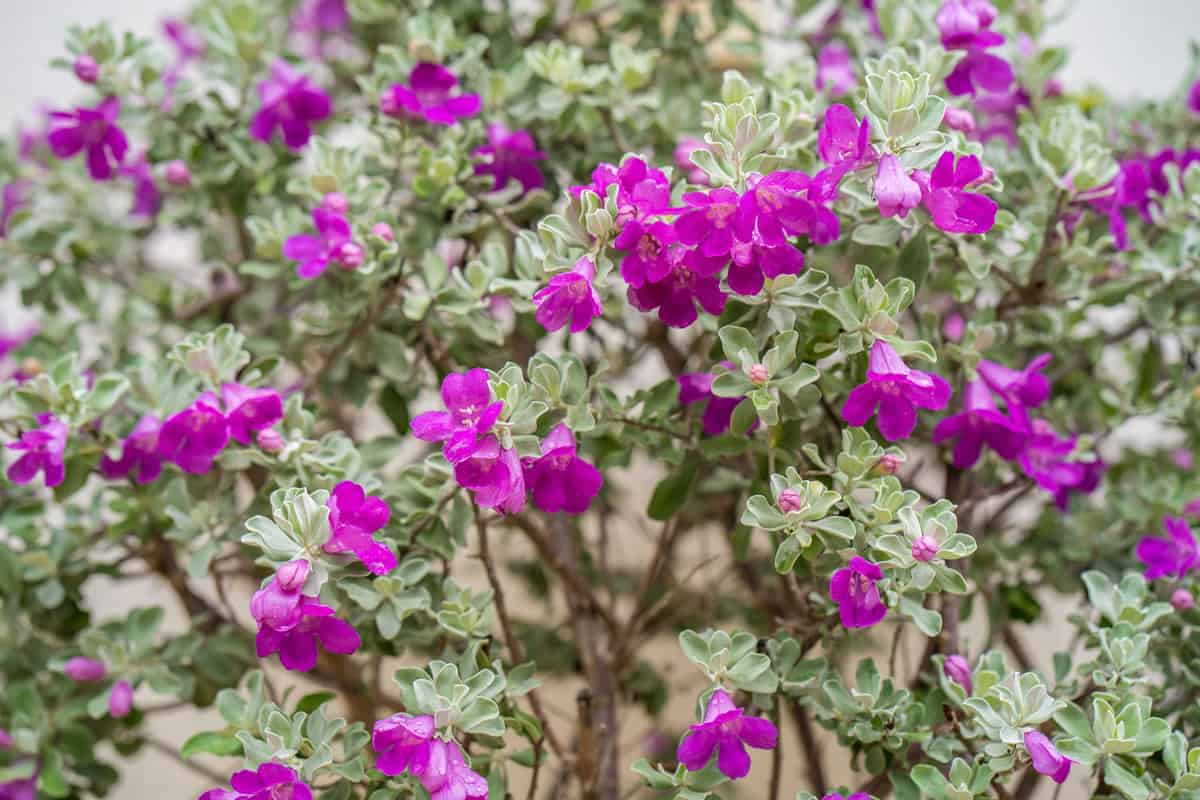
This plant produces lovely purple flowers that attract pollinators like bees and butterflies. It thrives in full sun and well-draining soil, making it a low-maintenance option for landscaping.
2. Lantana
Lantana is a colorful, drought-tolerant shrub that provides vibrant blooms all summer long. This plant can reach up to 6 feet in height and is great for attracting butterflies and hummingbirds.
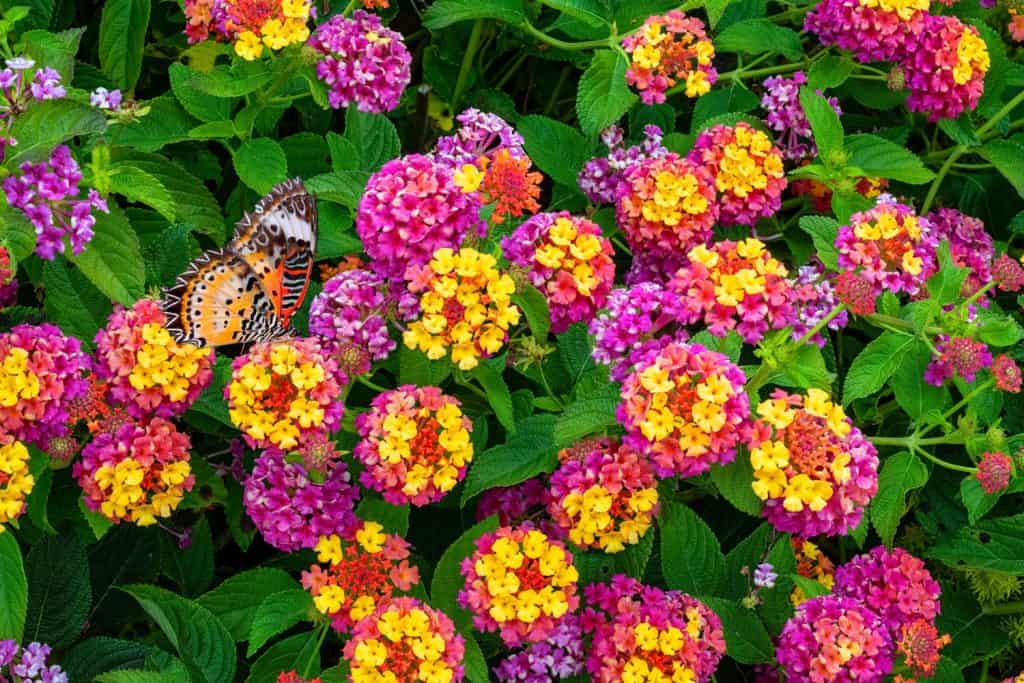
The bright flower clusters come in various colors, including red, orange, yellow, and pink. Lantana prefers full sun and well-drained soil, making it a fitting choice for hot climates.
You might also like: How to Maintain Healthy Plants in Zone 10’s High-Heat Conditions
3. Russian Sage
Russian Sage features long stems covered in small lavender-blue flowers and typically reaches a height of 3 to 5 feet.
It thrives in full sun and well-draining soil, making it a great choice for hot and dry climates.

The silvery foliage provides a beautiful backdrop for the flowers and creates an ethereal effect.
It is drought-tolerant and is often used in xeriscaping, a landscaping method that reduces or eliminates the need for supplemental water.
4. Smoke Tree
Smoke Tree is a versatile, large shrub or small tree with stunning, smoky purple or blue-gray plumes that appear in summer and typically grows to a height of 10 to 15 feet.

It gets its name from the wispy, cloud-like appearance of the seed clusters.
In autumn, its foliage turns a vibrant array of colors including orange and red. This drought-tolerant plant is perfect for adding unique texture and color to your landscape.
5. Bluebeard
Bluebeard is a small, deciduous shrub with gray-green foliage and deep blue, late-summer flowers that attract bees and butterflies.
This compact, drought-tolerant shrub thrives in full sun and well-draining soil.

It typically grows to a height of 3 to 4 feet, making it an excellent choice for borders, ground cover, or container gardening.
It has an appealing mounded growth habit, with numerous branches sprouting from the base.
6. Rockrose
Rockrose is a group of evergreen shrubs well-suited for hot climates. They are drought-tolerant and produce beautiful, showy flowers in shades of white, pink, red, orange, and yellow.
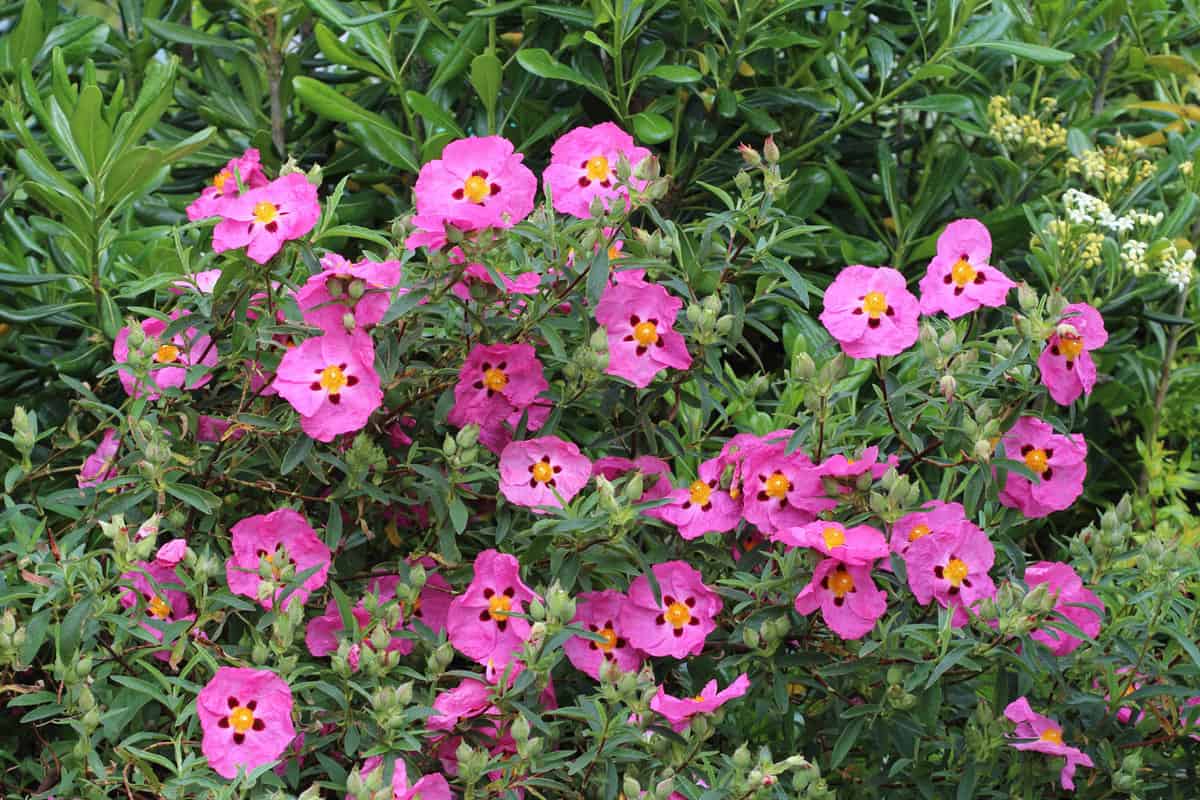
These bushes can reach up to 5 feet tall and prefer well-draining soil and full sun.
The delicate blooms last for a single day, but new flowers continuously appear throughout the summer months, providing constant color in a drought-tolerant landscape.
7. Oleander
Oleander is a popular drought-tolerant shrub that provides beautiful blooms in shades of pink, red, and white.
It can grow up to 20 feet tall, making it an excellent choice for creating a privacy screen or barrier in hot climates.

Oleander requires full sun and well-draining soil to thrive. It is essential to note that all parts of the plant are toxic, so avoid planting it in areas where children or pets may come into contact with it.
Shrub Care and Maintenance
Caring for colorful bushes in hot climates is essential for a vibrant and lively landscape.
This section will provide guidelines on maintaining the health and appearance of these drought-tolerant shrubs.
Learn more: Top Guides For Shrubs
Watering
Proper watering is crucial for newly planted shrubs, which require more frequent watering than established ones. In the first 1-2 weeks after planting, water daily.

From 3-12 weeks after planting, water every 2 to 3 days. After 12 weeks, watering weekly is sufficient until the roots are established. Remember to wet the soil to a depth of two feet for shrubs.
Pruning
Pruning helps maintain a shrub's shape, encourages growth, and removes dead or damaged branches.
It's best to prune shrubs during their dormant season, which typically falls in late winter or early spring.
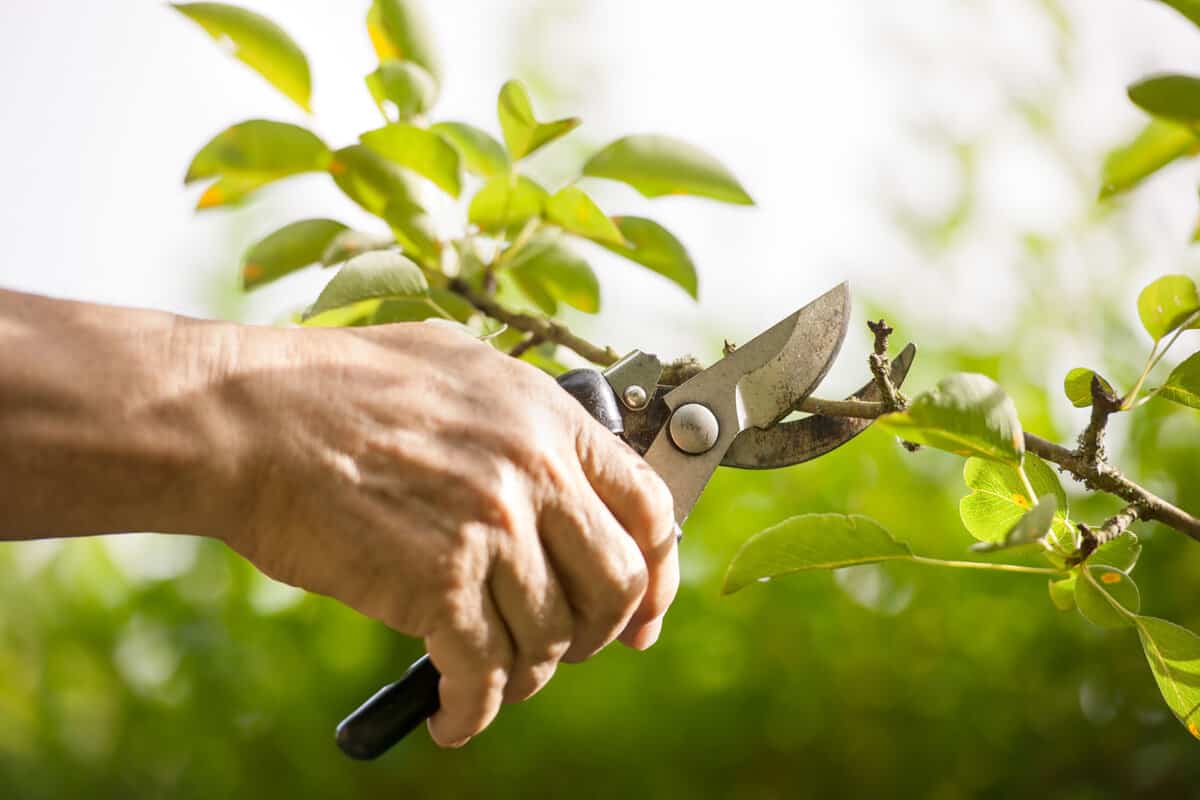
However, there are exceptions—flowering shrubs that bloom on new growth should be pruned early in the spring, while those that bloom on old growth should be pruned immediately after the flowers fade.
When pruning, remove dead, damaged, or diseased branches first, and then trim away any crossing or rubbing branches.
Be cautious not to over-prune, as this can stress the shrub and hinder its growth.
Related: Where Do You Cut When Pruning A Plant? [And At What Angle?]
Fertilizing
Fertilizing shrubs encourages healthy growth and helps them thrive in hot climates.
The key is to use the right type and amount of fertilizer. Slow-release, balanced fertilizers with a N-P-K ratio of 14-14-14 or 16-16-16 are typically recommended for most shrubs.
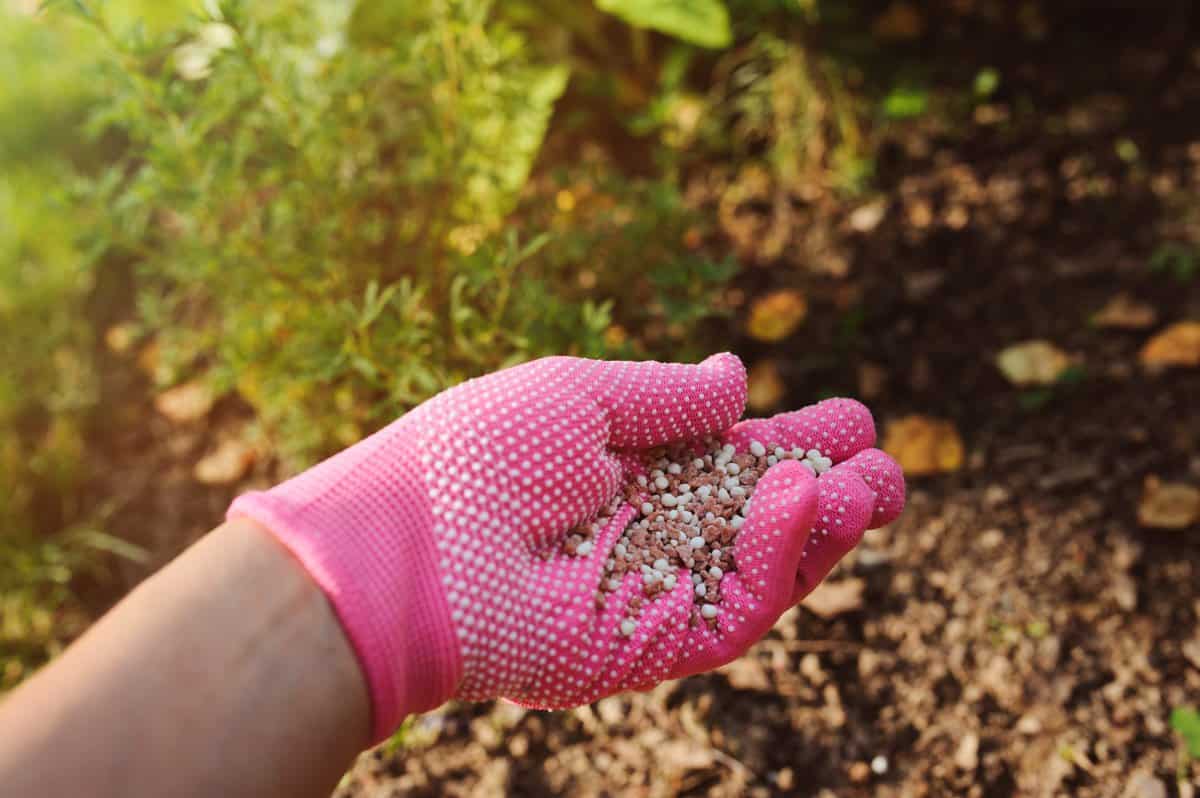
It's generally best to fertilize in early spring, but some shrubs, like evergreens, may benefit from an additional application in the fall.
Follow the manufacturer's recommendation for appropriate application rates, and avoid applying fertilizer directly to the base of the shrub, as it may damage the roots.
Instead, spread the fertilizer evenly around the outer edges of the shrub's canopy, where it can be absorbed by the feeder roots.
Landscaping Tips
In hot climates, it is important to choose drought-tolerant plants for your landscaping.
Here are some tips to help you create a beautiful, colorful landscape with low-maintenance bushes.
Plant Spacing
When planting drought-tolerant bushes, be sure to space them appropriately. This allows air to circulate, which can help prevent disease and encourage growth.

Check the specific spacing requirements for each plant, as they may vary. Typically, a spacing of 3-5 feet apart is sufficient for most shrubs in a landscape.
This will help the plants establish themselves and reduce competition for water, nutrients, and sunlight.
Color Combinations
A well-designed landscape incorporates a variety of colors and textures. To create an aesthetic garden, consider using complementary or contrasting colors in your plant selections.
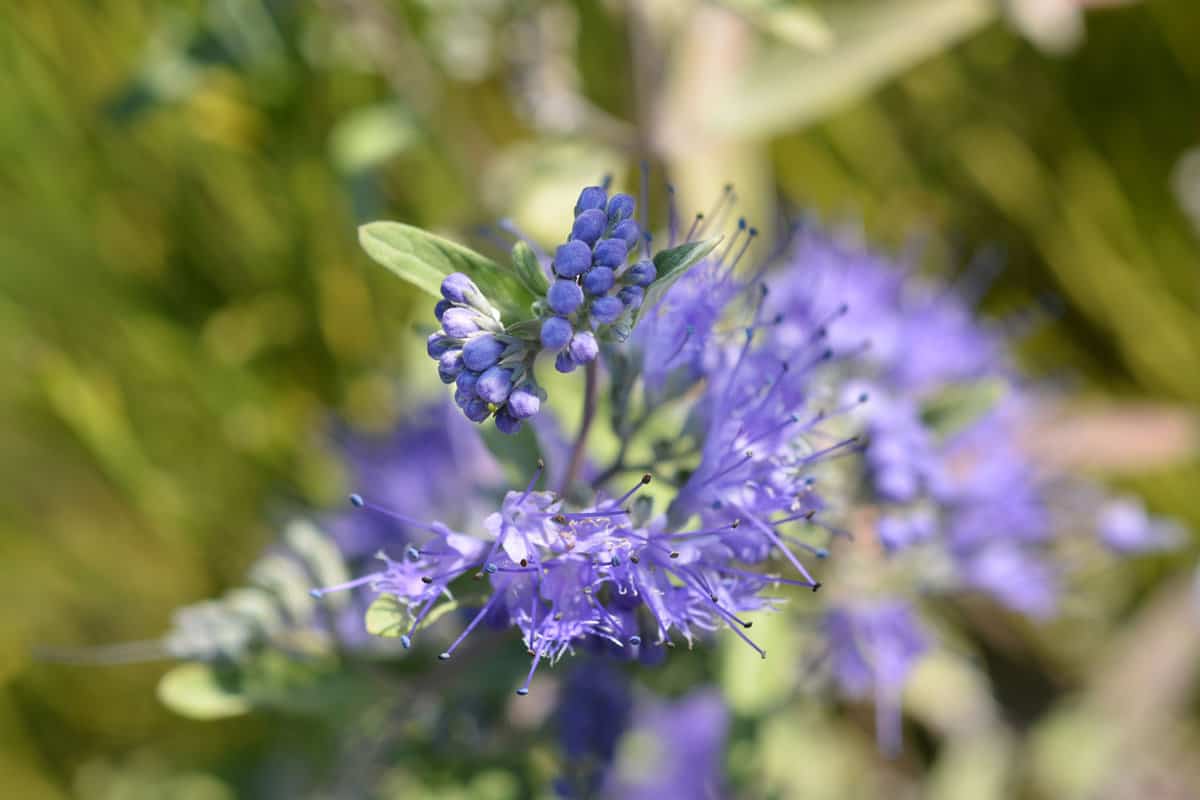
Some plants have bright, vibrant flowers, while others might offer interesting foliage in shades of green, blue, or gray.
When selecting plants, try to strike a balance between the two to create visual interest and harmony in your landscaping.
For example, consider planting vibrant heat and drought-tolerant plants such as:
- Yellow: Lantana
- Red: Russian Sage
- Purple: Lavender
- Blue: Blue Mist Spirea
- Green/Gray: Artemisia
Incorporating Ornamental Grasses
Ornamental grasses are an excellent addition to a drought-tolerant landscape. They offer unique textures, colors, and movement that can complement the appearance of your bushes.

Some popular drought-tolerant grasses include:
- Blue Fescue
- Fountain Grass
- Little Bluestem
- Muhly Grass
- Feather Reed Grass
Incorporating both drought-tolerant bushes and ornamental grasses in your landscaping can create a dynamic and visually appealing environment while conserving water and cutting back on maintenance.
You might also like: Ornamental Grasses For Full Sun In Pots [15 Ideas For Your Landscaping]
In Closing
Creating a vibrant, colorful, and drought-tolerant landscape in hot climates is no longer a daunting task.
By choosing from these 7 remarkable bushes, you can establish a dynamic landscape that is not only visually captivating but also resilient to harsh conditions.
Pair these selections with thoughtful care and maintenance, and you'll be rewarded with a breathtaking, water-wise garden that thrives in the heat.
